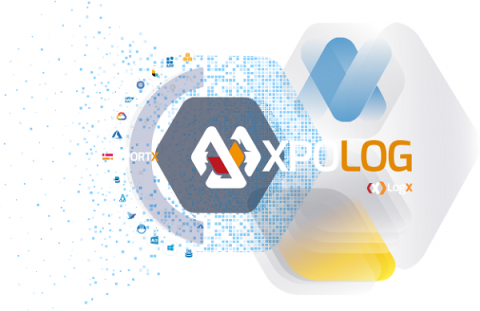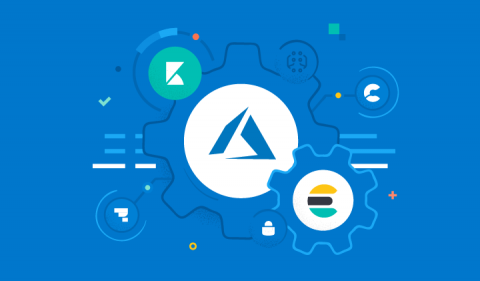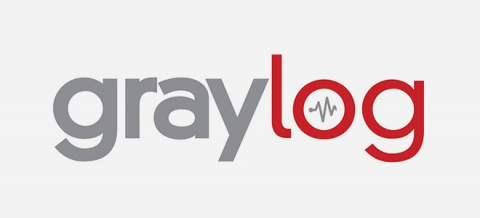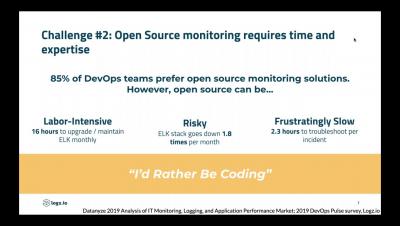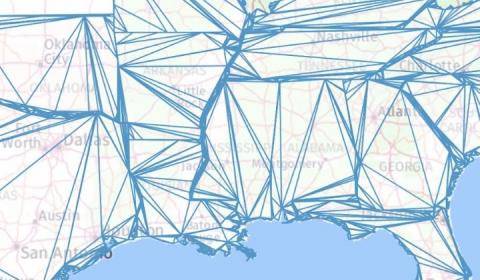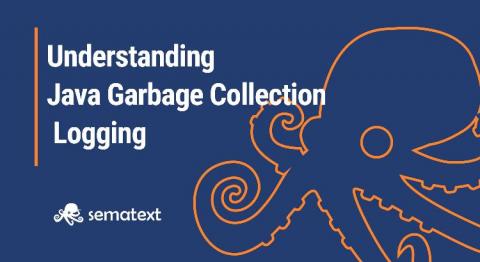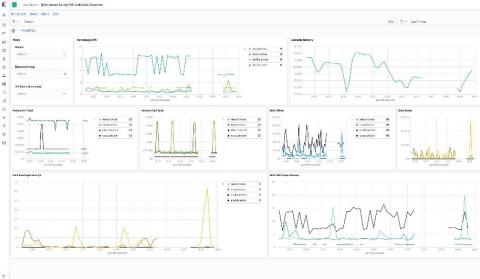What Is Log Correlation? Making Sense of Disparate Logs
Before the need for log correlation, there was a time not so long ago when reading software application logs was simple. Your application would output log files in sequential order, and you’d read through them. In the event of a bug, software outage, or security incident, you could easily parse what happened and when. It was a tedious process, but it was simple.


